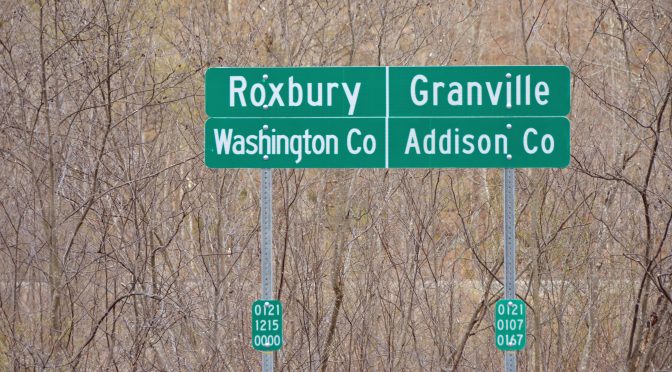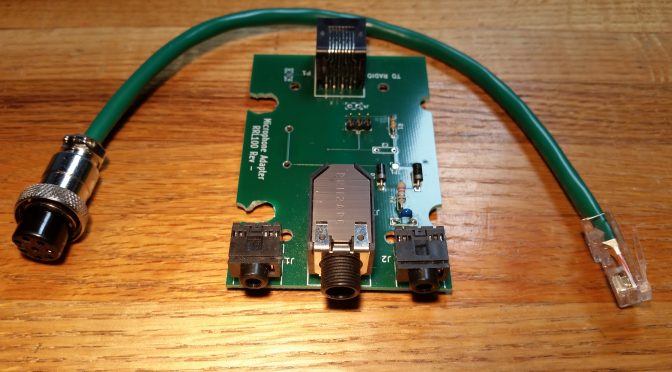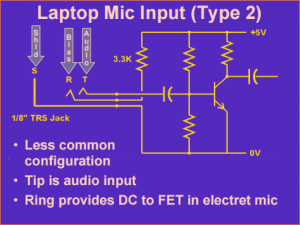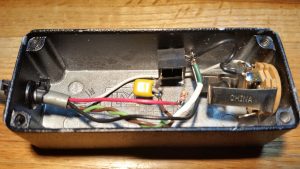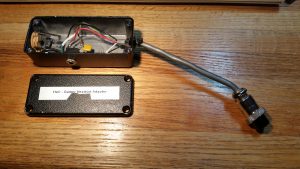We operated as N1FD/m (Mobile HF) in the New England QSO Party (NEQP) this past weekend. We began our operation on Saturday afternoon on the Massachusetts – New Hampshire State line where we activated two counties and two states.
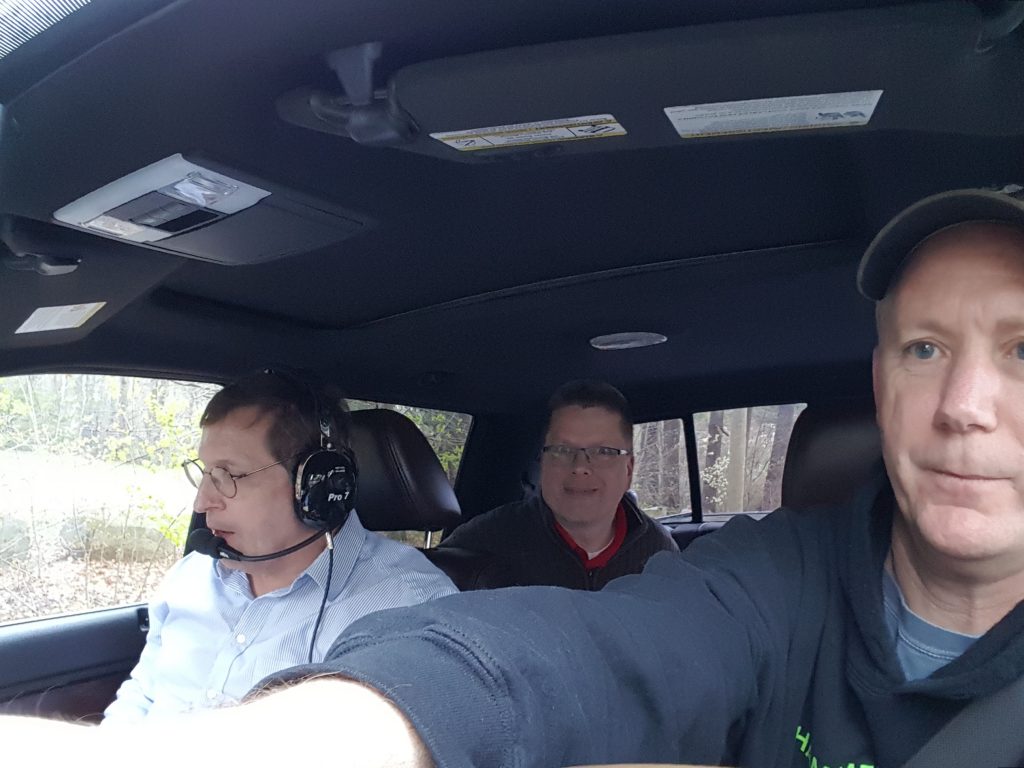
We entered the 2016 NEQP Contest in the High Power Multi-Op Mobile HF Category. We operated using SSB phone mode mostly on the 20m and 40m bands. Wayne AG1A, Jamey KC1ENX, and Fred AB1OC were the operators. We took turns operating, driving and navigating. We used Fred, AB1OC’s mobile HF station in his truck.

We operated Saturday and Sunday for nearly the entire contest period. We spent most of our time calling CQ and we had several nice pile-ups to work.
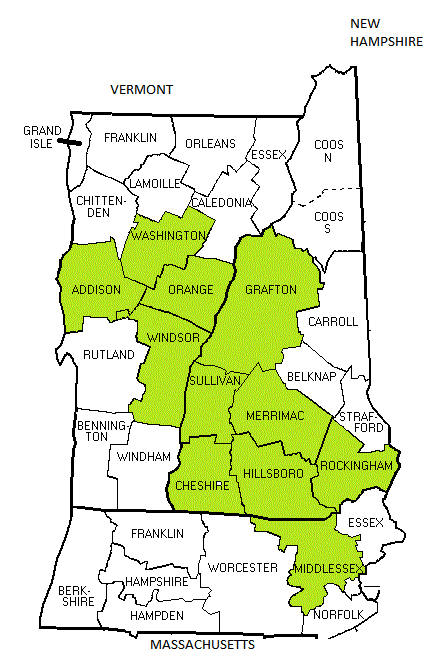
The map above shows the counties in Massachusetts, New Hampshire, and Vermont that we activated during the contest. Anita, AB1QB helped us to create a route of counties to activate which included some of the more rare counties in Vermont and New Hampshire.
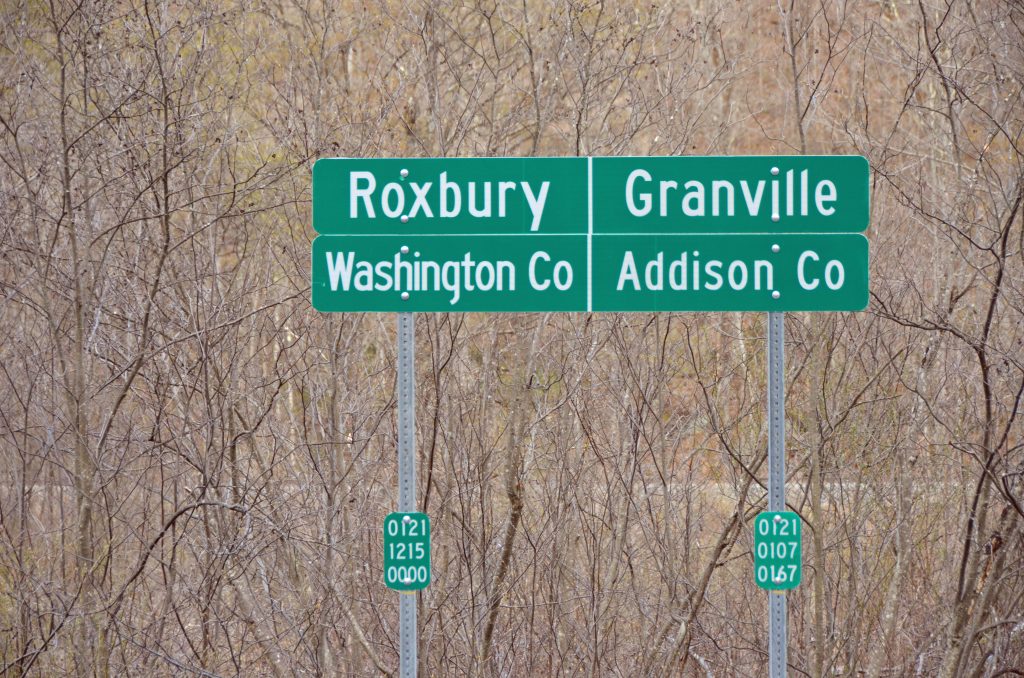
We tried to focus on activations where we could be in two counties as once. These activations produced some nice pile-ups for us to work.
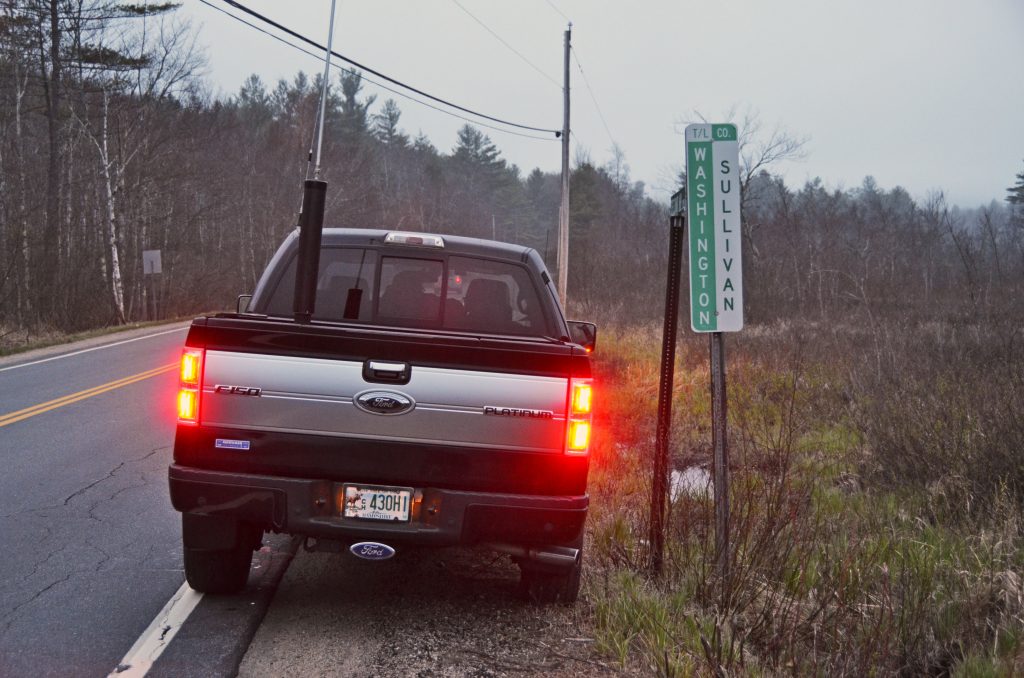
We parked on county lines with 2 wheels of N1FD/m in one county and 2 wheels in another. This gave us two QSO points (one for each county) for each contact that we made.

We also activated two National Parks along our route as part of ARRL’s NPOTA program. We activated Saint-Gaudens NHS (NS60) in New Hampshire and Marsh-Billings-Rockefeller NHP (HP26) in Vermont. The HP26 activation produced the best response – we made about 50 contacts while we were there.

We had a few challenges along the way. We had some antenna related problems with our Mobile HF setup to deal with. Fortunately, we had some spare parts with us and we adjusted our operating style to overcome them. We also had to operate through a major solar event on Sunday. This made contacts very difficult but we still logged over 235 QSOs that day in spite of the conditions.
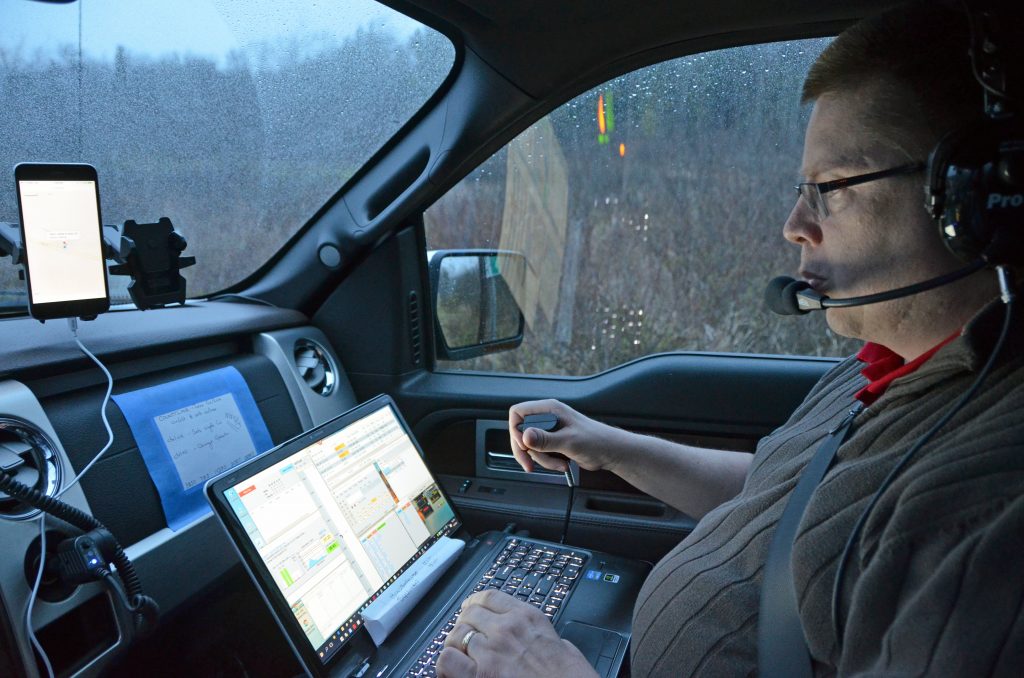
All in all, we had a great time in the contest. We logged a total of 631 QSOs and we worked 58 Multipliers. Our claimed score was 36,598 – not bad given that this was our first entry as a mobile and our first time in NEQP. We worked 43 of 50 states and we had quite a few stations from Canada and Europe call in to answer our CQs.
There was some discussion on the way home about the Maine and New Hampshire QSO parties which will be held later this year. We hope to be N1FD/m again in one or more of those as well.
The N1FD/m Multi-op Team,

